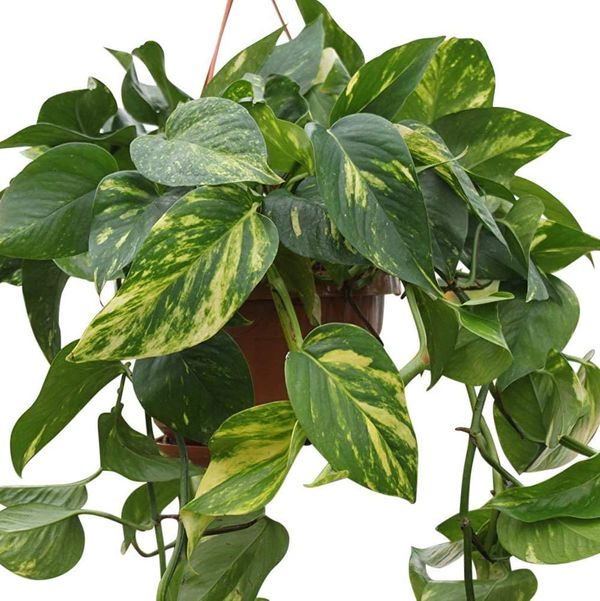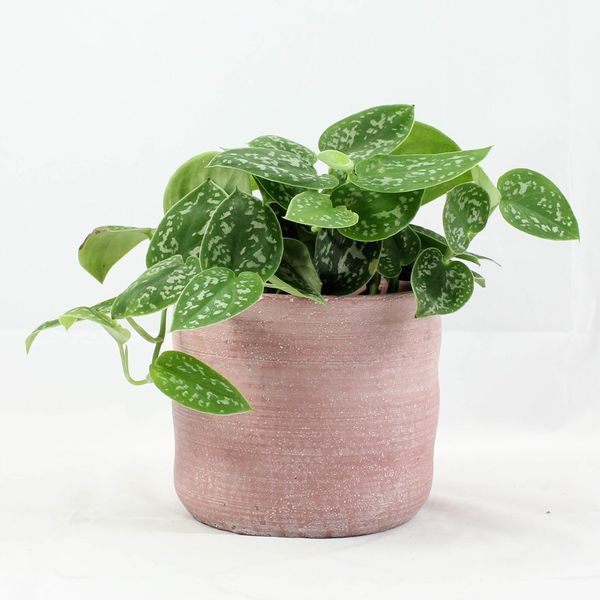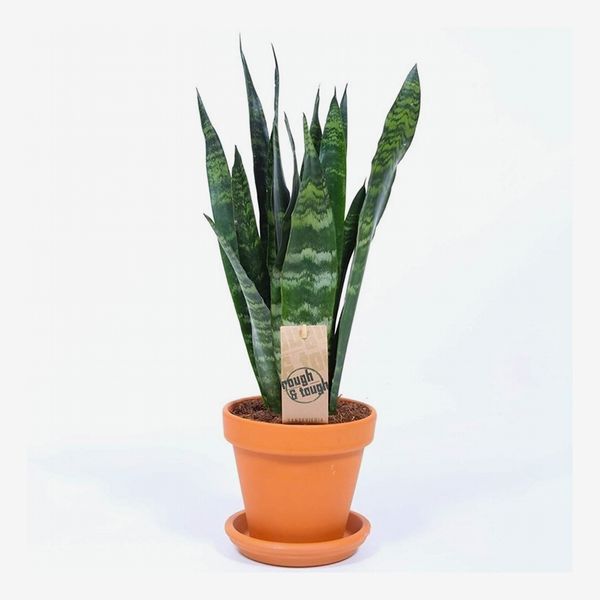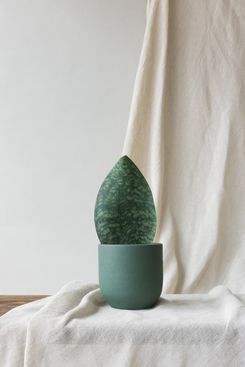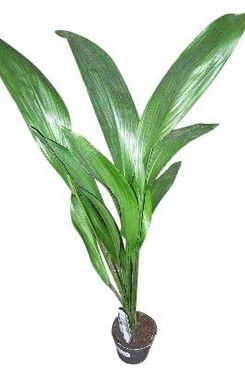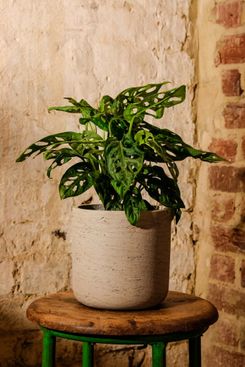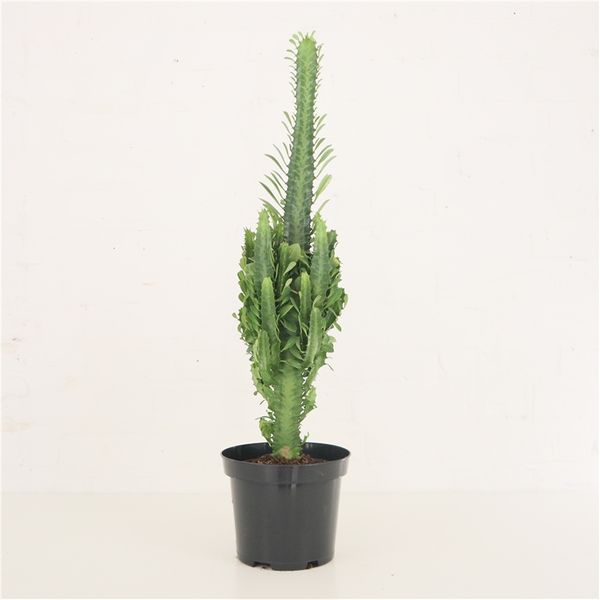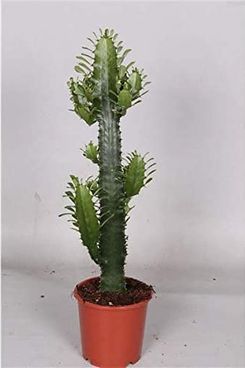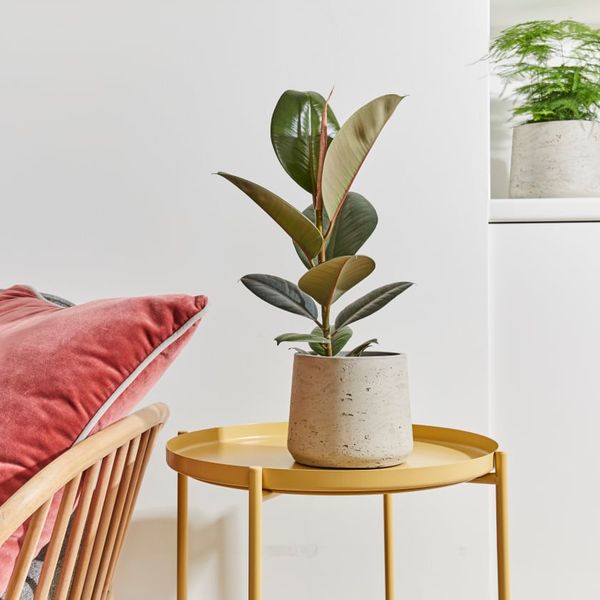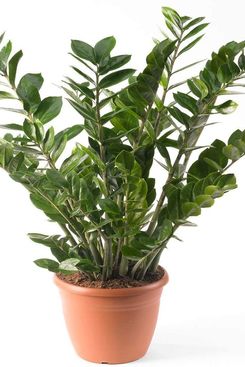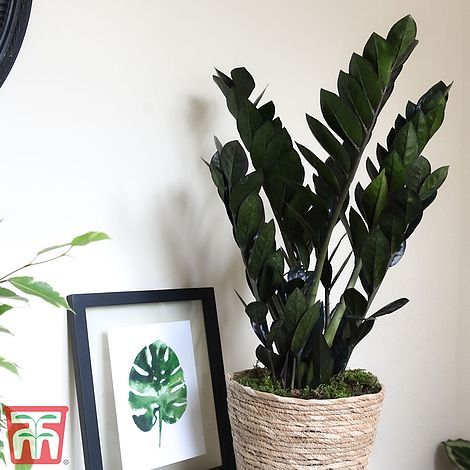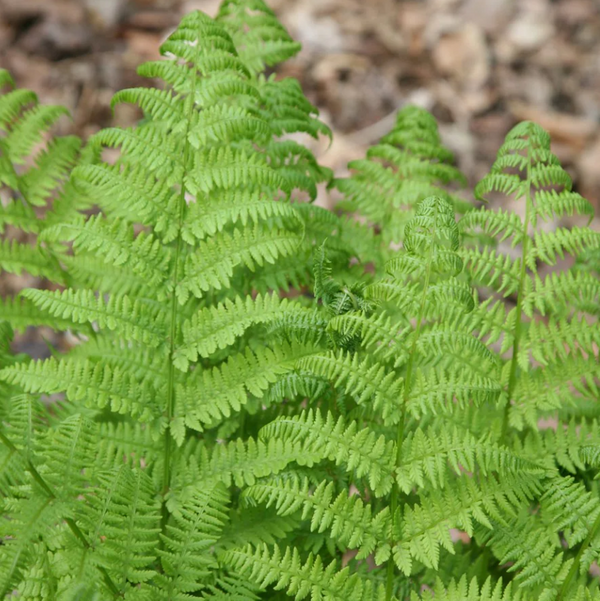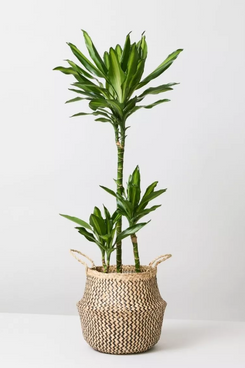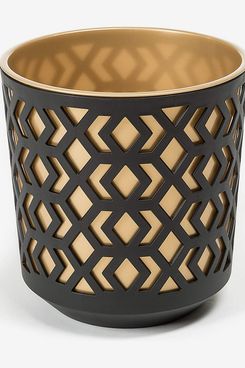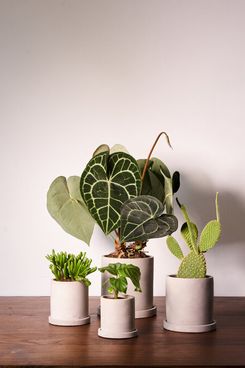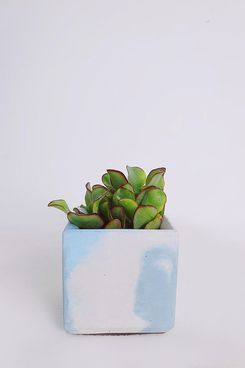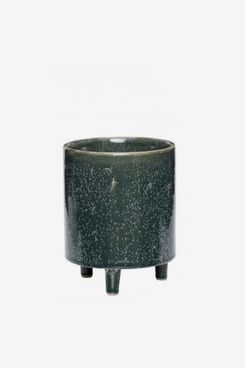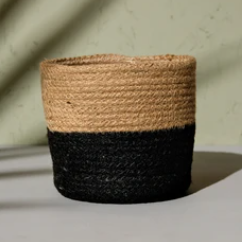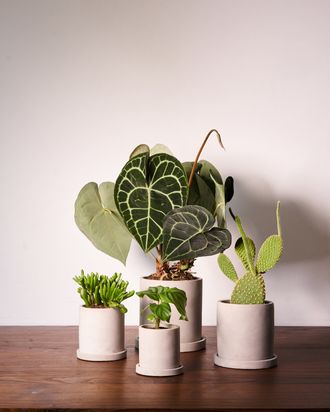
Houseplants were big business even before the stay-at-home orders came into effect in 2020. But since then, it seems everyone has been buying plants for their homes, whether to spruce up an otherwise uninteresting corner of a living space, or to make a dining table or de facto office area feel a bit less stuffy. “So many people are realizing the benefits of having plants in their house,” says Alice Bailey, co-founder of Forest, a plant shop with stores in Deptford and East Dulwich. “Last year, during lockdown, we had loads and loads of new customers as well as a lot of people buying more. And I think the resources available online are great now. So people could really take it on as a hobby.”
But not all plants are made the same; in fact, some are positively nightmarish to try and keep alive if you don’t know what your plant needs to thrive. If any of your plants have suffered at the hands of your enthusiasm (whether that’s being overwatered or put in nonoptimal conditions, like extra-sunny or dark areas), then you might want to consider a harder-to-kill beginner plant next time. We asked nine experts, including gardening writers and plant-shop owners, for their recommendations on the best beginner houseplants. Their suggestions ranged from small but perfectly formed plants (that would make a thoughtful gift) to large and dramatic-looking options for your home.
Best overall plant for beginners
Four experts told us that the pothos (also known as “devil’s ivy” or epipremnum) was the best overall beginner plant. Stacey Rockliffe, owner of online plant shop Mawusi Plants, says it’s a particularly good option “for a beginner that wants some interaction with their plant” as it changes appearance and grows quite quickly. “The great thing about them is their resilience; they can handle a missed watering day quite well.”
Alice Vincent, author of Rootbound and How to Grow Stuff, called it “a safe bet” because “it puts up with low light and intermittent drought, but nevertheless rewards with swift growth.” She added that “it’s a doddle to propagate — which is always fun.”
Olivia Elwin Taylor of Leaf Envy Plants particularly likes the “satin pothos” for its specks of silver across the leaves, and echoes Vincent that the cascading plant is resilient and adaptable. But Rockliffe warns that, compared to other plants, the side effects of both under-watering and low light will show up quicker. Both she and Bailey suggest watering it once a week or “once about half a pot of soil’s dried out,” says Bailey.
Best small plants for beginners
Four experts told us that the sansevieria (or snake plant) was a good choice for a small beginner plant. “I always suggest sansevieria to first-time plant owners,” says Jennifer Panxhi, owner of Jen’s Plants & Florists in Spitalfields. Bailey likes that it has practically evolved to enjoy tight spaces. “It sounds really weird, but they enjoy having really cramped roots,” says Bailey. “They want to be crammed into a small pot — so you don’t repot them until the surface area has been completely filled with new leaves. You can have the same one in the same pot for five or so years.”
“This is a great plant if you want something low-maintenance, to ease yourself into plant parenthood,” says Rockliffe. “They retain a lot of water, so not only can they survive missed waterings, but generally don’t need to be watered frequently at all.” She said they are also low-shade tolerant, meaning they can be placed pretty much anywhere. “I (naughtily) left mine in a room with no water or light when I went away for five weeks,” she admits. “And I came back to it looking as green and healthy as ever. It’s been my favourite ever since.” Panxhi warns that “it does not like its leaves to be watered,” and to wait until the soil has completely dried out before watering.
Taylor specifically likes the single-leaf snake plant for a more minimal look. “This is as hard to kill as they come,” she says. “The snake plant is also referenced by NASA as being a top plant for air purification. They give off oxygen at night and absorb carbon dioxide.”
Tim Sherratt, founder of plant-pot shop Anther + Moss (whose pots are sold in cactus shop Prick London), says the biggest killer of houseplants in the U.K. is overwatering. He suggested the aspidistra, which is “known as the ‘cast-iron plant’ because of its ability to withstand neglect.” Panxhi agrees, saying, “This plant is impossible to kill.” Sherratt says this plant is best in dimly lit corners, and “doesn’t mind if you forget to water it for a month or so. It even prefers to go years between being repotted.” Aspidistras, he says, thrive best when they aren’t overexposed to lots of direct sunlight, and when the soil isn’t completely saturated. “Ideally, water it every couple of weeks, except for winter, when once a month is fine.”
Best large plants for beginners
Two of our experts recommended a monstera (also known as a “Swiss cheese plant”). Bailey told us they were excellent for beginners because “they’re really low-maintenance, but while they’re quite fast-growing, they don’t grow tall — they sort of splay out and look quite dramatic.” Rockliffe also said this was a good option if you wanted something larger. “As long as they are watered once a week and are placed in bright, indirect light, they are happy, and you’ll start to see the growth rewards quite quickly.”
Bailey noted that while the plant is quite adaptable to different light levels, aesthetically the plant will change depending on the kind of environment it is kept in. “If it’s in a really bright spot, you’ll notice it will develop really big slits in the leaves. In a shadier spot, however, it won’t have as many.”
Sherratt also recommended a more obvious choice for overwaterers: cacti. Specifically, a Euphorbia acrurensis, or “desert candle cactus.” “Cacti are very easy to care for as long as you remember the kind of places they’re native to — lots of light, not much water,” he explains. “This is a wonderful, statuesque plant that can grow as tall as seven or eight feet indoors.” He adds that it is crucial to choose a pot that has drainage holes, which will allow excess water to escape. “Otherwise you run the risk of overwatering and root rot — this is important with all plants, but for cacti it’s utterly vital. Place it in a bright spot, water it when the soil is dry, and not at all in winter.”
We found another kind of “statuesque” cactus on Amazon that would be nice in a well-lit spot.
Best status-y plants for beginners
Though fiddle-leaf figs became the houseplant for a brief period, many plant owners might be looking for something a little more discerning now that the FLF is, well, everywhere. Vincent told us about the rubber plant, a.k.a. the Ficus elastica, which features thick, shiny leaves. “This plant is greatly underrated — the more tolerant and, dare I say it, chic-er little sis of the fiddle-leaf fig.” She says that, like the fiddle-leaf, it will grow pretty big. “Get it in the sun, and it will put on growth all year round.”
When we investigated what plant might be anointed the next fiddle-leaf fig, one that came up was the Zamioculcas — more commonly known as the “ZZ” plant. While experts like Erin Harding, the writer behind Clever Bloom and co-author of How to Raise a Plant: and Make it Love You Back, specifically said the black-hued Raven ZZ variant was the one plantfluencers were going wild for; both it and the regular option are low-maintenance and easy to keep alive.
“This is a wonderful choice for plant novices due to it being so low-maintenance. It can handle low light, any humidity, and only needs to be watered every two weeks. Great for any serial plant killers out there,” says Taylor. Rockliffe also loved how low-maintenance it is and said that, like the snake plant, it is low-shade tolerant and can retain a lot of water.
Best (small) beginner plant for outdoor spaces
If you’re looking for a beginner plant for outdoor spaces (like a patio or balcony), Isabelle Spandler of Wiltshire Garden Design suggests ferns, particularly for shady spots. “Dryopteris affinis or Cristata (a.k.a. the King of Ferns) has a striking shuttlecock shape and retains its bright-green foliage through the summer. As a native woodland plant, it likes to be kept moist but is still a great beginner plant. Cut back the dead fronds in the winter for fresh, new growth.”
Best (large) beginner plant for outdoor spaces
James Folder, founder of plant shop The Stem, recommended this corn plant (also known as a dracaena) for outdoor spaces that enjoy a spot of sunshine. “It’s an easy-care plant native to tropical Africa, and looks great anywhere in the home — especially on the patio or balcony.” He says it likes a bright spot, but should be kept out of direct sunshine. “It can tolerate most light conditions, but will thrive in bright, indirect light. Keep it out of harsh direct sunlight.”
And some pots to keep them in
Or how about this larger option? We spied this Hubsch planter from Alkemi, an ESEA-owned business we’ve written about before.
Textured jute pots make a nice alternative to brutalist concrete and clay options, especially in a room with a cane chair or rattan accents.
The Strategist UK is designed to surface the most useful, expert recommendations for things to buy across the vast e-commerce landscape. Read about who we are and what we do here. Our editors update links when possible, but note that deals can expire and all prices are subject to change.
